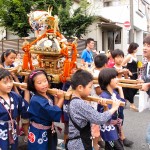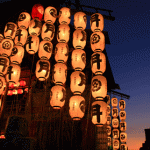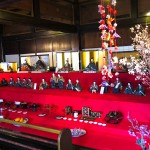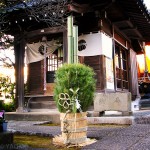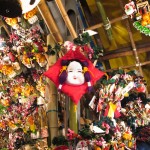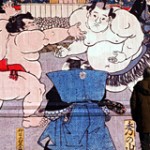
The lowdown on sumo with info and viewing tips from a British sumo columnist By: Mark Buckton (writer, sumo columnist) From: JAPAN Monthly Web Magazine | Japan National Tourism Organization With its roots in Shinto rituals, sumo is a traditional Japanese sport through which it is possible to experience Japanese culture by way of giant…

